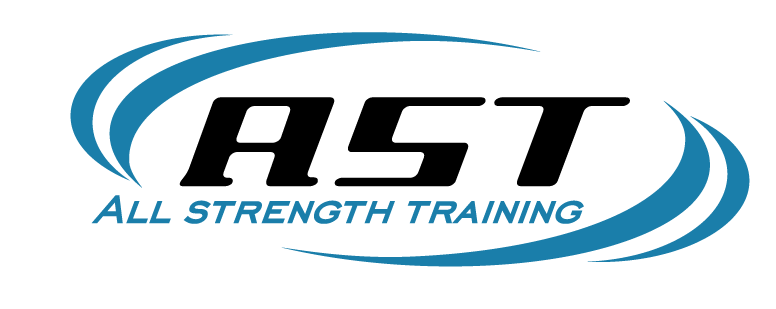Hypertension: 3 Steps to Lowering Your Blood Pressure
Hypertension, or high blood pressure, is one of the three most deadly diseases, behind only cancer and heart disease. One of the primary challenges behind hypertension is that it, similarly to cancer and heart disease, is mostly an asymptomatic disease, meaning there aren’t always visible outward signs of its existence unless you’re looking for it. For the average reader, that probably means that you get it checked when you go to the doctor’s office for a yearly physical. Or, more accurately, an every-other-year physical, or a once-a-decade physical…
To make things more critical, hypertension actually increases the risk for heart disease, amplifying the mortality risk even further.
What is Considered High Blood Pressure?
Blood pressure should be measured using a blood pressure cuff, either manually with a pump and stethoscope like you would see at a doctor’s office, or with an electronic cuff that can be found at pharmacies or larger retail stores. The reading will come with two numbers: systolic (the top number) and diastolic (the bottom number). Systolic pressure is the maximum pressure the heart exerts while beating, and diastolic pressure is the amount of pressure in the arteries between heartbeats.
The “gold standard” for blood pressure is 115/75, with elevated blood pressure considered anything above 120/80. For every 20 point increase in systolic pressure, or every 10 point increase in diastolic pressure, your risk for heart disease increases by double, becoming incredibly dangerous if left unchecked and unregulated.
So… get your blood pressure checked, and do it regularly.
What if My Blood Pressure is High?
First, let’s go ahead and get this little bit out of the way:
None of this information is a replacement for medical advice, and is not intended to treat, diagnose, prevent or cure a disease. Always consult your physician.
Okay, now that that’s done, there are some very simple and easy-to-apply tactics to use that can help reduce blood pressure.
Use Aerobic Training.
I know, I know – the name of the website is All Strength Training and I’m suggesting cardio as the very first suggestion. Absolute blasphemy, right? Maybe. But it’s accurate. Using low-to-moderate intensity cardiovascular exercise can have positive impacts on blood pressure.
Longer bouts of aerobic work (30+ minutes) at a heart rate of around 130-150 beats per minute can increase the size of the left ventricle in the heart, where blood is drawn into before being pushed out when the heart beats. That means that your heart has to beat fewer times, both at rest and during exercise, which can help manage blood pressure.
Aerobic work of this nature also largely utilizes the parasympathetic nervous system – your “rest and digest” system compared to the sympathetic nervous system’s “fight or flight” which is largely associated with an elevation in blood pressure and heart rate. Spending more time using the PNS helps regulate stress hormones and makes it easier to “come down” from a stress response.
Add 2-3 sessions to your weekly routine – the intensity level should be low enough that there isn’t any recovery necessary; in fact, this type of aerobic exercise actually qualifies as recovery work and can be very restorative.
Address Electrolyte Imbalances.
The electrolyte minerals include sodium, potassium, calcium, magnesium, phosphorus and chloride, but for our purposes we’ll largely look at sodium and potassium as well as fluid intake in general.
Sodium has been correlated with high blood pressure, particularly if you’re salt-sensitive – not everybody has issues with sodium intake, but some respond more noticeably to it. Sodium’s role is to help create contraction of the muscles and blood vessels, and needs to be balanced with potassium, which helps to facilitate relaxation of the muscles and blood vessels. Too much sodium and/or not enough potassium throws the balance off. There are three ways to help restore balance to this system:
- Reduce (not eliminate) sodium intake
- Increase potassium intake
- Increase water consumption
Besides the obvious reduction of sodium, adding potassium helps to balance out sodium levels in the body. Food sources such as bananas, spinach, avocado, and sweet potatoes can be used, and supplementation can be helpful initially when trying to bring blood pressure down to levels that are no longer hypertensive. 400-600mg daily of a simple potassium citrate works well. Increasing water intake is also helpful as sodium is excreted in urine – however, be careful about overdoing water intake if you’re also drastically reducing sodium intake.
Add Static Stretching.
Similarly to the aerobic work mentioned earlier, static stretching draws heavily on the parasympathetic nervous system, especially when integrated with slow, deliberate breathing through the diaphragm. The level of stretch being applied should be low enough that you can still breathe easily through it.
Using videos like the one below where you can simply follow along with a routine are particularly useful:
Integrating steps like these can help address hypertension and reduce the likelihood of occurrence in the first place. And don’t wait until it’s too late – check your blood pressure regularly!


Thanks for the tips on how to lower blood pressure. It runs in my family so this can help to prevent myself from getting it!
These are all good tips and very educational. I do like the fact that there are at least a couple of ways to address this issue!
I really like the nutrition based information in this article as it relates to lowering blood pressure.